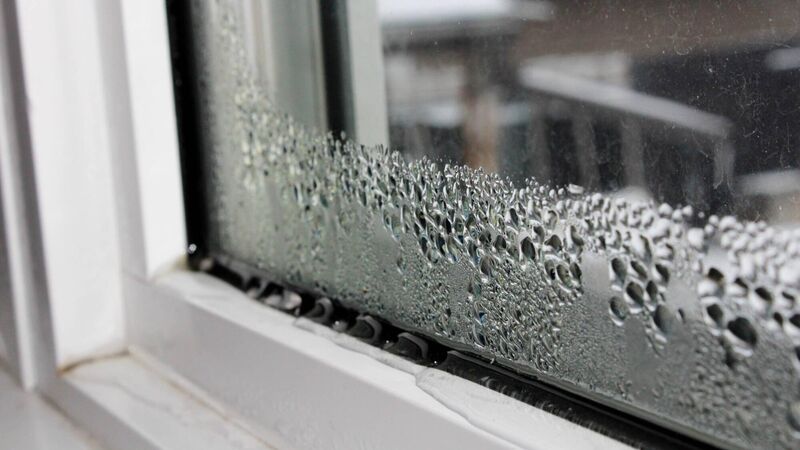Life Hack: How to prevent condensation and mould on windows and walls in winter

Water condensation on windows during winter.
Have you noticed a fog of condensation misting over your windows in the morning in recent weeks? With the seasonal drop in temperatures, condensated windows and walls are a frequent occurrence and while they are unsightly, they can also cause damp and mould problems that impact our health.
Damp and mould can increase your risk of respiratory problems and respiratory infections, as well as allergies and asthma. Inhaling or touching mould spores could cause an allergic reaction too, like sneezing or a skin rash.
It doesn’t just affect your health, though: uncontrolled condensation can damage wooden window frames and the seals on your windows, as well as plasterwork in your home.
If you spot the signs of damp or mould in your home it is important you find out why it is happening as quickly as you can. Condensation is one of the possible causes and there are a number of things you can do to tackle it.
We create moisture almost constantly in our homes through activities like cooking, showering, boiling the kettle — even breathing contributes to the condensation. Obviously we can’t stop inhaling and exhaling, so we need to increase the air circulation in our homes to remove that excess moisture, which is often trapped by too-efficient windows that trap heat (and condensation) in our homes.
Opening a window in winter may feel wrong, but it is one of the fastest ways to improve ventilation. First thing in the morning, open some windows to allow fresh air in. If you’ve been using your heating, try to do this before that kicks in.
When you’re cooking or showering, open a window in the kitchen or bathroom while you are generating steam to allow it to leave the building. Cooking can generate up to three litres of water vapour per day, while drying clothes indoors, a very common practice in winter months, can produce up to five litres of water per day.
If you notice condensation in just one room or part of your home, it is possible you only need to improve air circulation in that area. Kitchens and bathrooms are often condensation-prone, for example, and even passive activities like sleeping can generate water vapour: two sleeping adults can produce up to half a litre of water vapour per night which is why bedroom windows are often fogged up by morning. An open bedroom door while you sleep could combat this nighttime airflow issue.
If cold windows are the main cause, you can add a layer of window glazing sheet which is available from most hardware shops. The plastic panels are a cost-effective way to block drafts, keep a room warmer and cut down on condensation. And if you notice water gathering on windows or walls, be vigilant and wipe it away with kitchen paper or a cloth.

Celebrating 25 years of health and wellbeing











